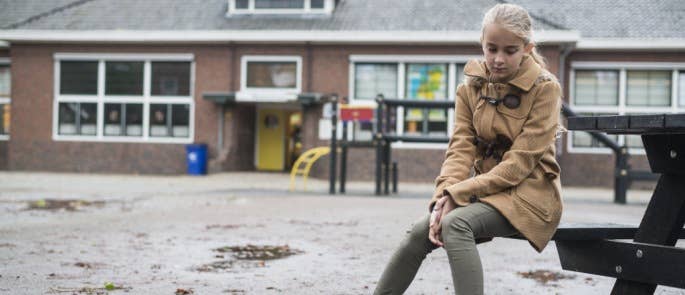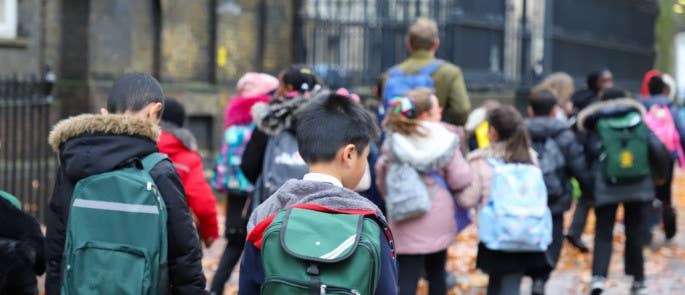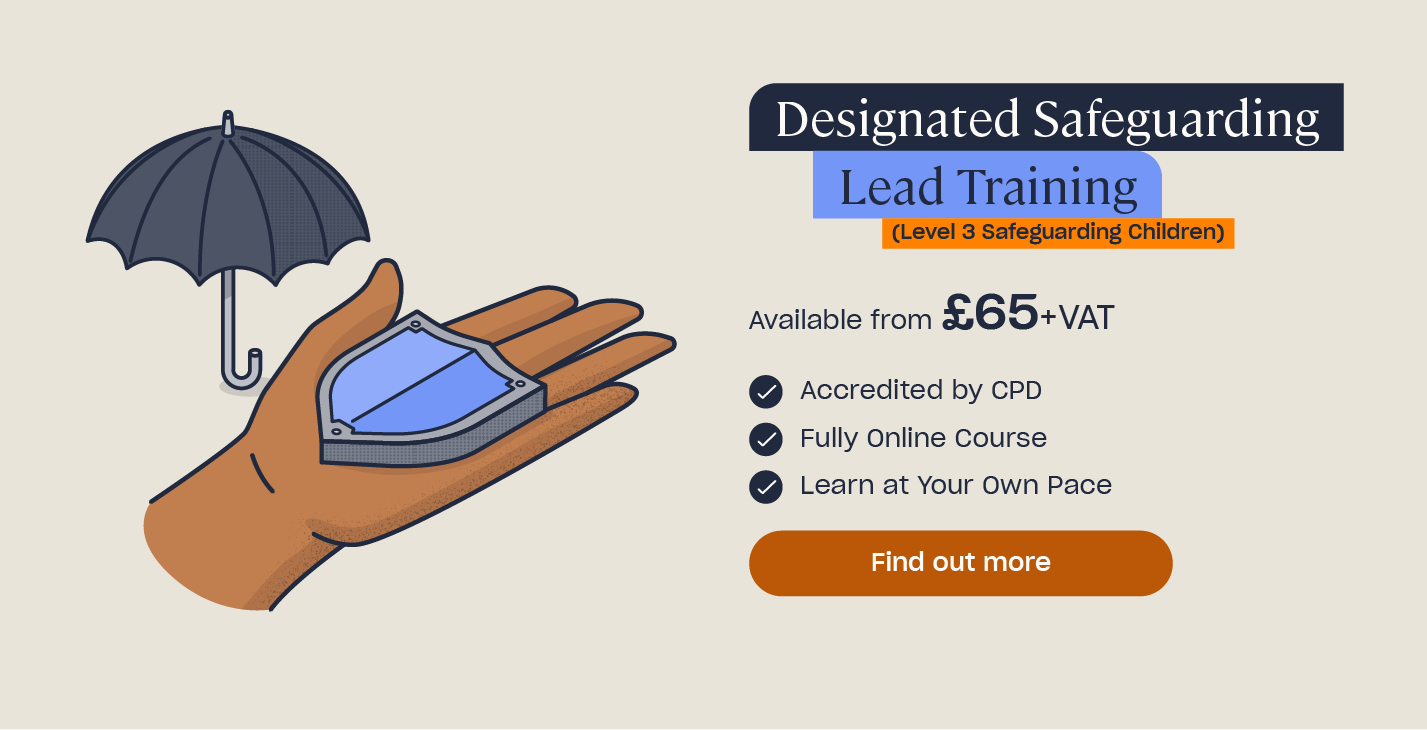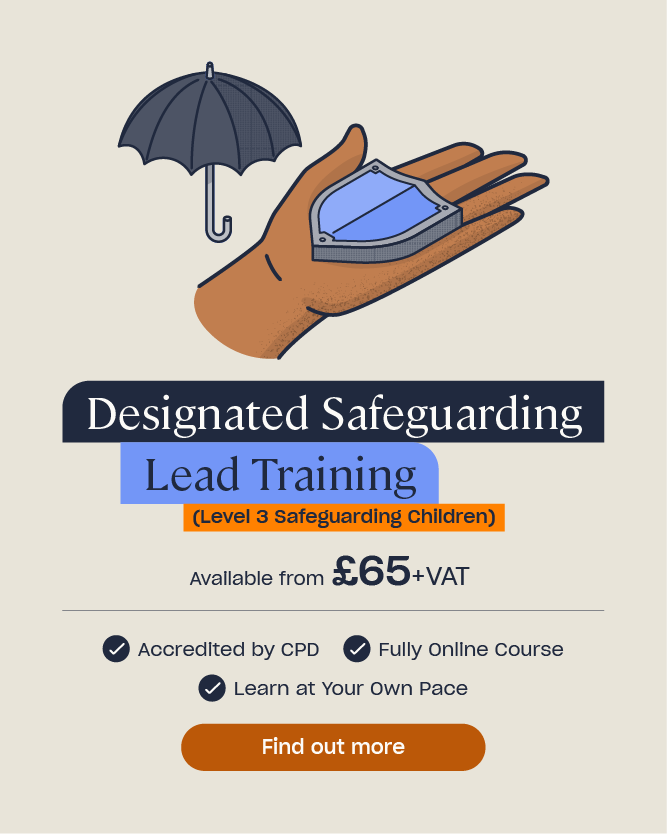Designated Safeguarding Lead Quiz
Test your Understanding of the Role of Designated Safeguarding Lead
As a Designated Safeguarding Lead, you have a responsibility to ensure that everyone within your organisation is following best safeguarding practices and remaining vigilant to any safeguarding concerns. You’ll be the first point of contact for anyone who has queries and concerns and so it’s essential that you understand what to do, who to report concerns to and how best to respond to children’s differing needs. Test your knowledge of your responsibilities using our quick quiz below.
What's the name of the guidance document which defines safeguarding, the different types of abuse and the responsibilities of children's services?

Working Together to Safeguard Children is a key piece of statutory guidance that defines safeguarding and the responsibilities of children's services.
If a child discloses information about abuse to you, how should you react?

If a child discloses abuse to you, you should always stay calm, listen, not push the child, and reassure them that they did the right thing by telling you.
What is the aim of an Early Help Assessment?

An Early Help Assessment is an early intervention to identify if a child or family needs support and the kind of support they need.
If social care chooses not to take further action but you disagree with their decision, what should you do?

If social care decide not to take further action, and you are still concerned about the child, you should monitor the case and contact social care again if you have any further concerns.
Which of the following is an example of a low level need?

Low level needs are where the needs of the child are relatively minor and services may be able to take quick action to prevent the problem from escalating. An example of a low level need is where a child isn't reaching their developmental milestones.
Which of the following is an example of an emerging need?

Emerging needs are where the child requires a range of services to respond to their needs, such as education, health, housing, or police services. An example of an emerging need would be a child misusing substances.
Which of the following is an example of a complex need?

Complex needs are where a child could be at risk of significant harm, or their development damaged, if help and services are not provided. An example of a complex need would be where a child has significant health needs.
Which of the following is an example of a child protection concern?

Child protection concerns are where there is a reason to suspect a child is suffering, or likely to suffer, significant harm. If a child is at risk of sexual exploitation this would be an example of a child protection concern.
If you make a referral to social care about a child deemed to be suffering significant harm, within what time frame will social care assess what needs to be done next?

Social care will assess what needs to be done next to protect the child within 24 hours.
Which legislation introduced the concepts of ‘children in need’ and ‘significant harm’?

The Children Act 1989 introduced the concepts of ‘children in need’ and ‘children at risk of significant harm’, which are key to ensuring children are appropriately safeguarded and given the level of support relevant to their needs.
Share your Results:
Further Resources:
- What is a Designated Safeguarding Lead?
- Regulatory Requirements for Designated School Safeguarding Leads
- Designated Safeguarding Lead: Resources & Guidance
- How to Create an Effective Culture of Safeguarding in Schools
- Designated Safeguarding Lead Training







